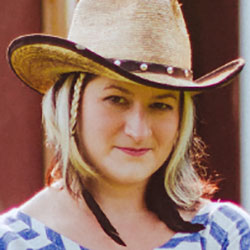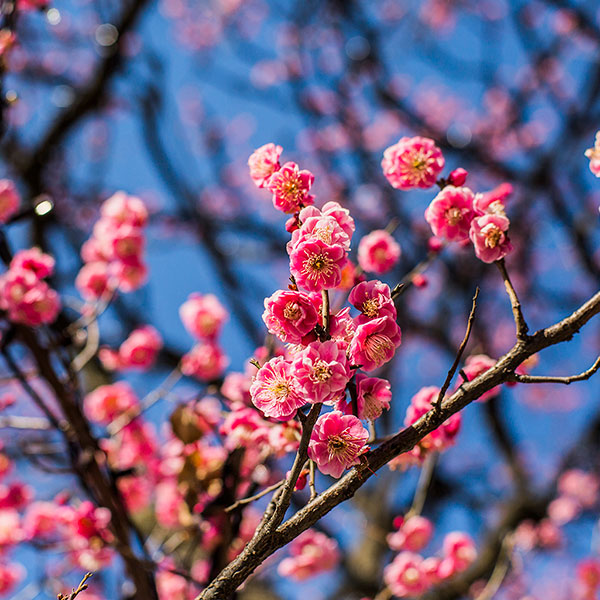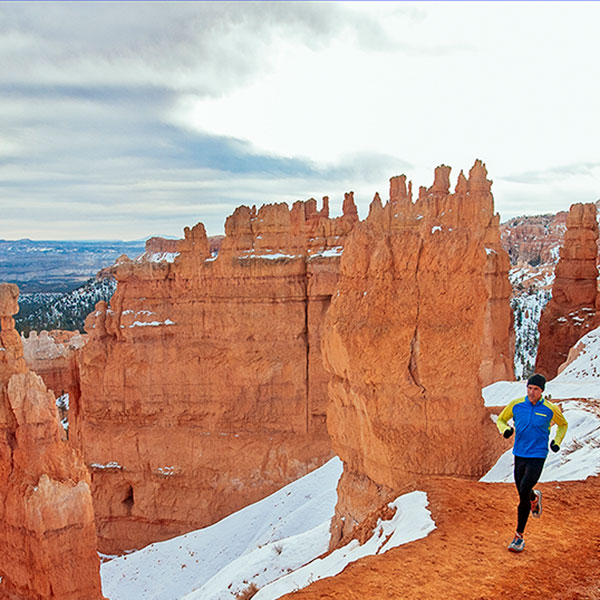
I didn't intend to grow up to have a job in marketing. For a long time, I didn't really know what "marketing" meant.
What I desperately wanted was a horse. But what I didn't know was that someday I would need one. And I didn't know he would end up teaching me more than I would teach him.
Eight years ago, I was building websites for a packaging company in Chicago. I was writing headlines about gift wrap. And I was drafting a mission statement for the launch of a printing business.
I worked in a suburb, sealed inside an overly air-conditioned office with relentless fluorescent lights. I was stressed. Rigid.
My twitching inner child knew I needed an escape.
Surrounding myself with the pleasant waft of horse poop seemed like a great distraction. So I found someone who would teach me how to communicate with and train horses.
Natural horsemanship is a collective term for various methods of working with horses by using their native communication and learning styles—not ours. I sought it out because simply "forcing my will" felt like missing the point. I wanted to find a more honest way to communicate. I'd come to understand—sitting inside that suburban Chicago office—that listening is something humans can be so very bad at. In our families. In our work.
The first few months of my natural horsemanship training were spent on the ground, simply watching how the horses interacted with each other in a herd. Noticing what "ears flat" meant, or what "eyes wide" might precede.
"There are two types of leaders," my mentor, Jodi, told me. "The ones that get what they want through intimidation and force—and the ones who are firm, fair, and friendly."
She pointed to a brash, aggressive younger gelding. "That one, there—he'll be in charge for as long as he's the scariest thing around. And his herd will leave him the first chance they get."
Then she gestured toward a gigantic, gentle draft horse: "But this one, here—they'll follow him to the ends of the earth."
The draft horse may have been gentle, but everyone knew what he was made of. He could so much as think about flattening an ear (a signal to get out of the way), and the younger geldings would scatter. An innocent-looking tail swish aimed at another horse's flank would produce a show-worthy yielding of hindquarters. So when I finally began working with my own horse, Noah, in the saddle, my goal was to reach that level of innate understanding between the two of us, too.
Noah and I have had many conversations over the past eight years. I haven't always been the best at listening—I'm always working at that. But we both keep at it. And I know now that I didn't want just a horse. I needed a window into other ways of communicating with people, too.
I didn't learn only what I set out to learn, either. Working with horses has taught me about the value of risk: I uprooted my family and moved to Maine, where I can now look out my office window all day long at Noah nibbling swaths of chickweed.
No more air conditioning. No more fluorescence. And farm life is anything but rigid.
Learning natural horsemanship ideas and communication has rippled through my life. I now know that praising my son for choosing the correct action has a more immediate and lasting effect than does punishing him for choosing incorrectly. I understand that successful leadership requires being consistent and firm, but also relaxed. And the most difficult lesson I've internalized is that confidence—real confidence—can't be faked.
I've learned far more from my horse than I've ever taught him.
I thought I would learn to talk to horses. I thought I'd be the teacher. But instead, I learned the value of listening.















